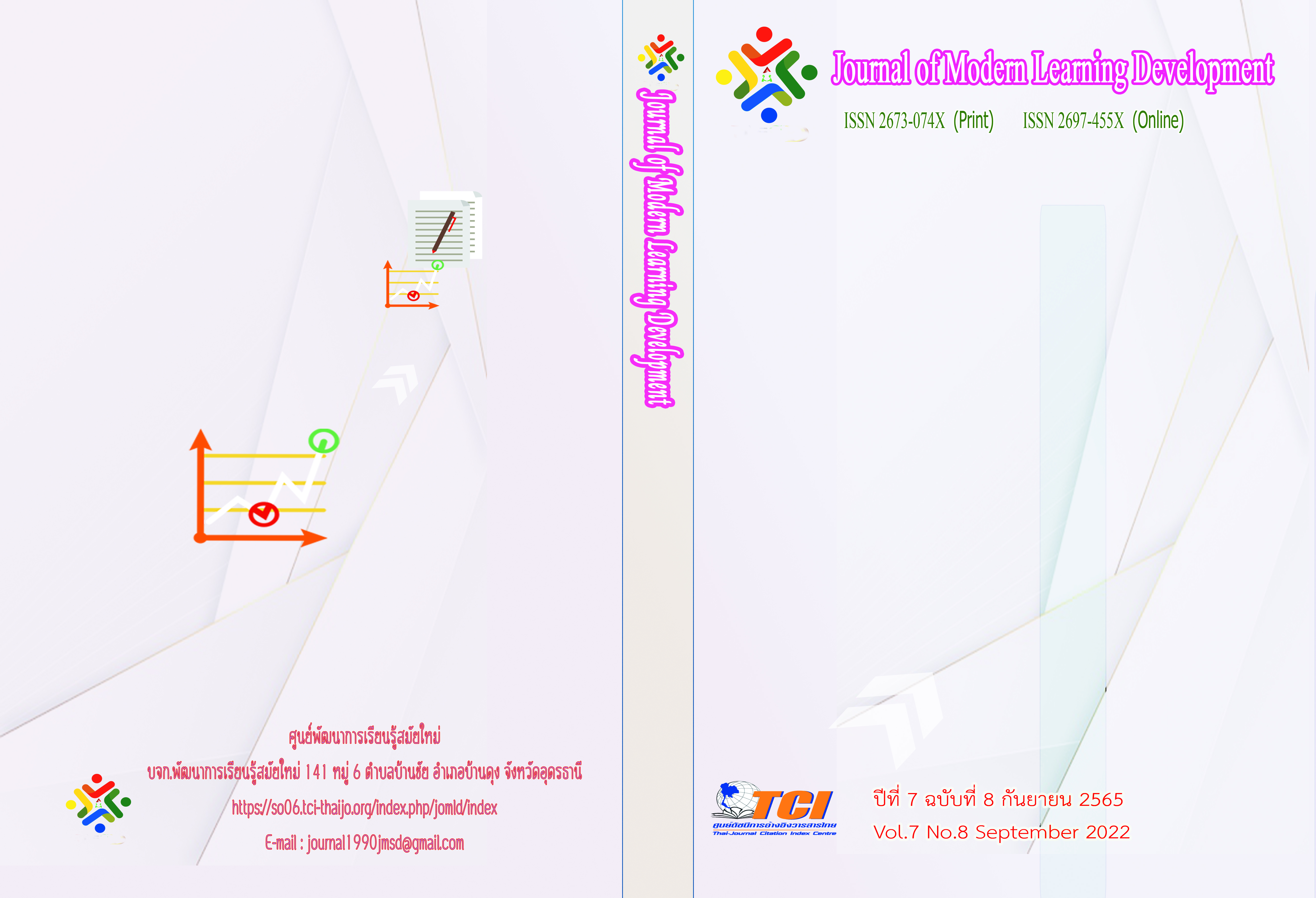The Mobile Payment Application Usage of Generation X Generation Y and Generation Z
Main Article Content
Abstract
The objectives of this research were: 1) to study the relationship between generation and the use of mobile payment and 2) to study the importance of the 7Ps marketing mix for mobile payment application by comparing among Generation X Generation Y and Generation Z. The questionnaires are collected from 400 users who use either mobile banking or e-Momey. Using Chi-square statistic test, there is a relationship between generation and the use of mobile payment at a significant level of 0.05. Mobile banking is used by Generation X the most. Most of Generation Y and Generation Z use both mobile banking and e-Money. Using F-test statistics, process plays an important role to three age groups differently at a significant level of 0.05. The importance of process is ranked first only by Generation X and Generation Z while the importance of price is ranked first by Generation Y. All generations evaluate the importance of promotion for mobile payment application at the lowest scores.
To increase Generation X and Generation Z’ use of mobile payment, especially Generation X’s use of e-Money, service providers should develop process to ensure security and data protection. Moreover, marketing strategy for Generation Y should be price. Fee must be set appropriately and cheaper than withdrawal fee from ATM or other channels.
Article Details
References
ณวัฏภูมิ ลี้เจริญกวีคูณ. (2561) พฤติกรรมการใช้บริการ Mobile Banking ของลูกค้าธนาคารกรุงเทพ กรณีศึกษาจังหวัดนครปฐม. วิทยานิพนธ์บริหารธุรกิจมหาบัณฑิต สาขาวิชาหลักสูตรบริหารธุรกิจมหาบัณฑิต แผน ก แบบ ก2. บัณฑิตวิทยาลัย: มหาวิทยาลัยศิลปากร.
นุชนาฏ สุทธิวงษ์. (2562) ปัจจัยที่มีอิทธิพลต่อการตั้งใจเลือกใช้บริการการชำระเงินผ่านแอพพลิเคชันเงินอิเล็กทรอนิกส์ (e-Money) ในกรุงเทพมหานคร. การค้นคว้าอิสระ. บริหารธุรกิจมหาบัณฑิตการจัดการการเงินและการธนาคาร. บัณฑิตวิทยาลัย: มหาวิทยาลัยสยาม.
บริษัท กูเกิล (ประเทศไทย) จำกัด. (2563). Google, Temasek และ Bain & Company คาดมูลค่าเศรษฐกิจดิจิทัลไทยแตะ 5.3 หมื่นล้านดอลลาร์สหรัฐ ในปี 2568. ออนไลน์. สืบค้นเมื่อ 19 มิถุนายน 2564. แหล่งที่มา: https://thailand.googleblog.com/2020/11/google-temasek-bain-company-53-2568.html
ธนาคารแห่งประเทศไทย. (2564). มูลค่าการชำระเงินผ่านระบบการชำระเงินและช่องทางต่างๆ. ออนไลน์. สืบค้นเมื่อ 29 พฤษภาคม 2564. แหล่งที่มา: https://www.bot.or.th/App/BTWS_STAT/ statistics/BOTWEBSTAT.aspx?reportID=682&language=th
ศูนย์คุ้มครองผู้ใช้บริการทางการเงิน ธนาคารแห่งประเทศไทย. (2557). การชำระเงินผ่านโทรศัพท์มือถือ (Mobile Payment). ออนไลน์. สืบค้นเมื่อ 19 มิถุนายน 2564. แหล่งที่มา: https://www.1213. or.th/th/serviceunderbot/payment/Pages /mobile-payment.aspx
ศูนย์วิจัยกสิกรไทย. (2563). กระแส Contactless Payment ดึง...ฐานลูกค้าใหม่สู่ Mobile Banking และ e-Wallet. ออนไลน์. สืบค้นเมื่อ 24 พฤศจิกายน 2564. แหล่งที่มา: https://www.kasikorn research.com/th/analysis/k-social-media/Pages/Contactless-Payment-FB-140920.aspx
สุรีย์พร เหมืองหลิ่ง. (2558). ปัจจัยที่มีผลต่อความเชื่อมั่นในการใช้บริการทางการเงินผ่าน Mobile Banking Application ของผู้ใช้บริการในเขตกรุงเทพมหานครและปริมณฑล. การค้นคว้าอิสระ. บริหารธุรกิจมหาบัณฑิต พาณิชยศาสตร์และการบัญชี. บัณฑิตวิทยาลัย: มหาวิทยาลัยธรรมศาสตร์.
วรรณพร หวลมานพ. (2558). พฤติกรรมและความพึงพอใจของผู้ใช้แอพพลิเคชันเคโมบายแบงก์กิ้งพลัสของธนาคารกสิกรไทย จำกัด (มหาชน) ในเขตกรุงเทพมหานคร. การค้นคว้าอิสระ. การบริหารสื่อสารมวลชน. บัณฑิตวิทยาลัย: มหาวิทยาลัยธรรมศาสตร์.


